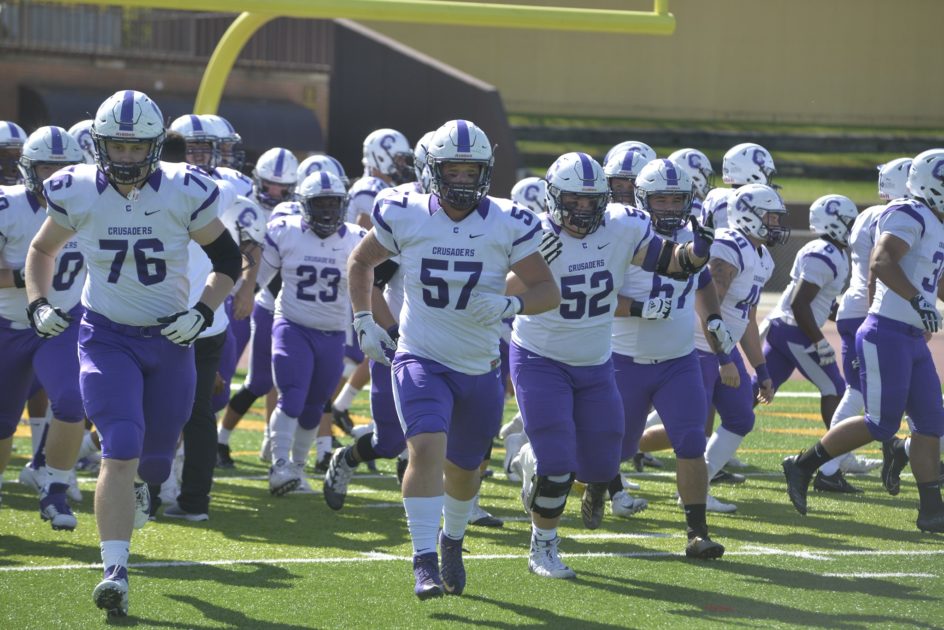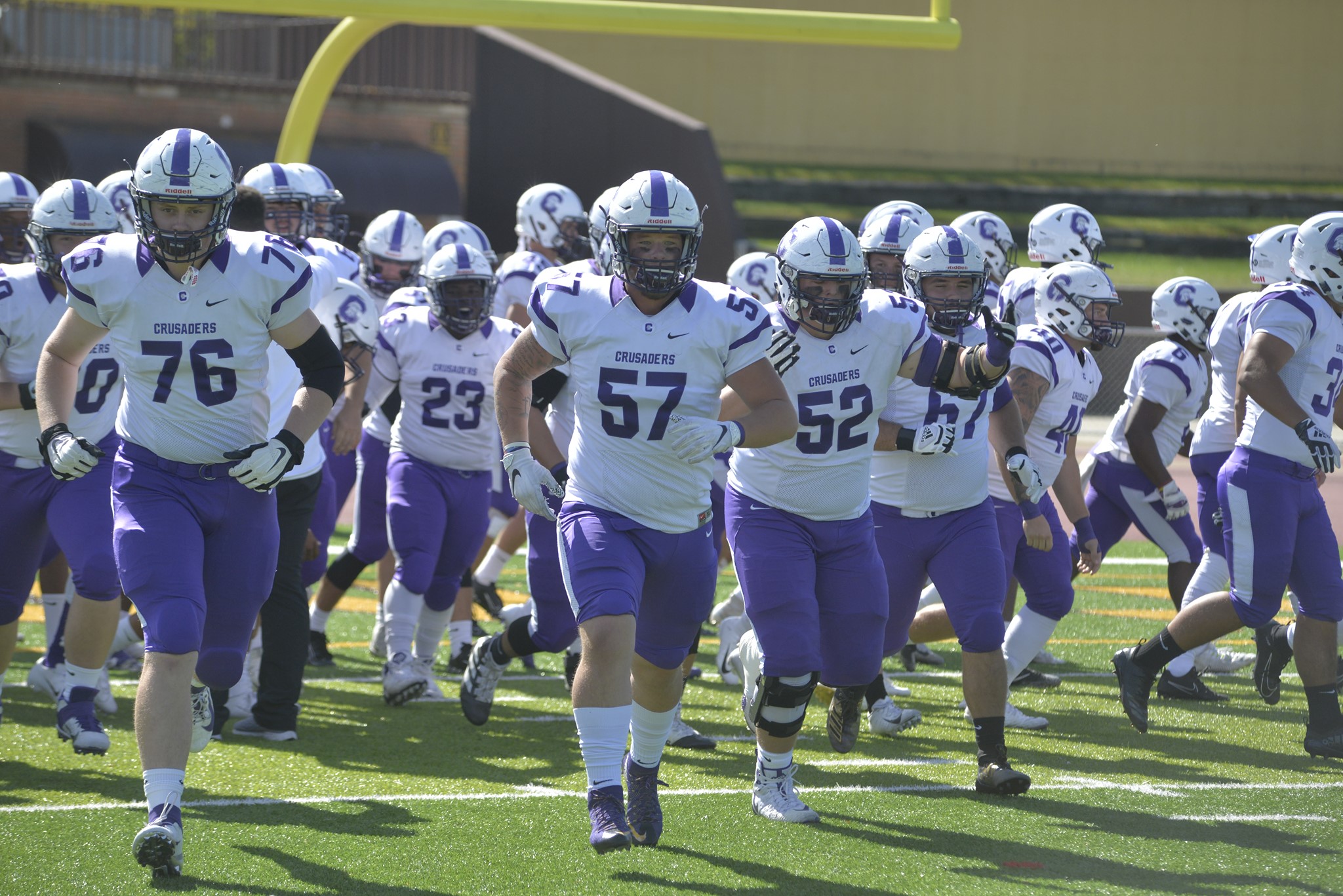With a struggling football team, some students are starting to wonder if the university is putting too much money into athletics and not enough into academics.

Admittedly, Capital’s football team has had a rocky start for its season.
The homecoming game against John Carroll resulted in a score of 90-0, while the game against Mount Union ended with a final score of 66-0.
This has been frustrating for students and athletes alike, and it’s easy for people to form feelings of resentment toward the football program.
At some point, you’ve probably heard someone say something along the lines of, “Why are we spending so much on a team that isn’t good?”
“Most people want to look at athletic departments and think that they’re flushed with cash,” Roger Ingles, Director of Capital’s Athletics, said. “That’s really not the case in Division III.”
To speak on net revenue, there’s a total of about 466 student athletes that are generating $4.6 million in room, board, and tuition. $1.5 million of that amount is generated by 100 football players.
Not all of that revenue is being invested back into the football program.

“I can tell you that our cost per athlete in football is about $1,062,” Ingles said. “And that’s for operating costs, which is everything not counting coaching salaries, so it’s all the expenses and everything else.”
With that amount of cash, Ingles elaborated that the football program is well below average in terms of cost per athlete across the entire department.
“About 41 percent of what we’re spending on operating costs are coming from outside sources. The university is funding about 60 percent of that cost.”
Outside sources include alumni donations and sponsorships from local businesses such as Rusty Bucket.
“We’re having to raise money just to pay day-to-day operation costs,” Ingles said.
Specifically, these costs include equipment and food for athletes while on trips so they don’t have to pay themselves.
Alumni donations are a key source for money, not just for the athletics department, but also the university as a whole.
Ingles was not able to disclose the exact total budget, but was able to give a rough comparison to other Division III schools.
John Carroll is funded at about $1.5 million dollars more than Capital, and Mount Union is funded about $900,000 more a year than Capital. Otterbein, Capital’s main rival, is funded at $620,000 more.
“We’re one of the lowest funded programs not only in the OAC [Ohio Athletic Conference], but also in the north coast,” Ingles said.
Ingles clarified that money is not the solution to everything. There are other factors that have gone into the success rate of the team such as injuries.
Money impacts the team in a way that someone usually wouldn’t think.
“Does money solve everything? Absolutely not. But what it does do is allow us to get out and recruit the kind of kids who could be successful at Capital,” Ingles said.
Interestingly enough, Ingles said there are coaches in the department that have no other choice but to spend money out of their own pockets in order to travel to different states to recruit new players.
After a while, this can turn into a personal financial burden and can limit how far recruiters are willing to travel yearly.
Ingles explained that this isn’t an issue unique to Capital, but actually many private colleges around the country.
“Almost everybody is operating on bare minimum budgets,” Ingles said. “Not just athletics, but in the sciences and in the computers and the libraries. Everybody faces cuts.”
Ingles believes that this is due to the economic downturn in the late 2000s, which some campuses are still reeling from.
To put campus spending into perspective, Bill Mea, Vice President for Business & Finance, provided information on the budget for the Office of Facilities.
A chart was given, detailing numbers such as buildings and equipment repairs at $936,000 and the total utilities budget at $2,569,000.

These are a few of the numbers that go into the upkeep of the campus.
“Capital has lower total expenses per full-time-equivalent (FTE) student than many peers. This shows that we are more efficient than peers,” Mea said, “but it may also point to a need to invest more in certain areas.”

The budget for facilities is a part of the annual operating budget which is funded by tuition and housing charges.
“We’re not greedy,” Ryan Gasser, Sports Information Director said of the football program. “We certainly want to be better, but we all hope that everyone on campus has a great experience here. Whatever it takes, we want to support that as well.”


